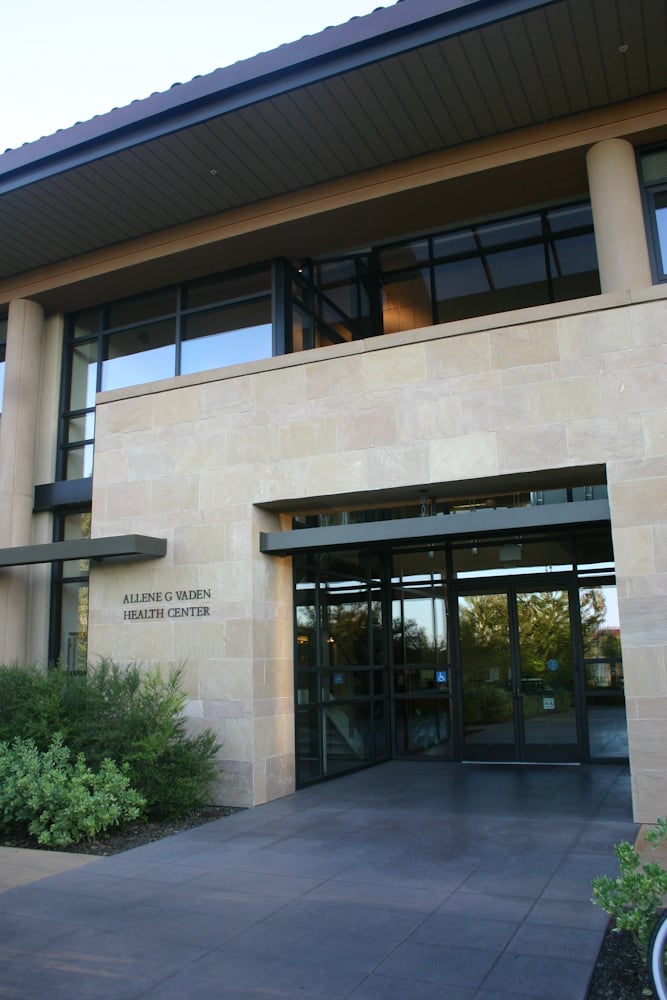Amid increasing concerns about mental health awareness on campus and growing student usage of Stanford’s Counseling and Psychological Services (CAPS), subcommittees of the University’s newly established Mental Health and Well-Being Advisory Board will present a set of ideas and findings produced this academic year to a board meeting later this month.
The board, co-chaired by CAPS director Ron Albucher and Associate Vice Provost for Student Affairs Sally Dickson, was created last spring in response to the recommendations of a 2008 report on campus mental health. The board consists of 24 members — including students, faculty and staff — with a range of backgrounds and experience in mental health, and has met twice since its formation.
![CAPS usage increases as advisory board addresses mental health 1 [Michael Liu]](https://staging.stanforddaily.com/wp-content/uploads/2013/02/NEW.020713.VADEN_-200x300.jpg)
Albucher framed the approaching board meeting as a means of synthesizing the work of the board’s five subcommittees, which have addressed topics ranging from current issues and trends in mental health to student relationships and how those affect mental well-being.
“The goal of the upcoming meeting that we’re having is to kind of being to pull all of that together, look for areas of overlap, simplify things and then figure out our next steps,” Albucher said.
According to Alejandro Martinez, senior associate director for consultation and liaison at CAPS, challenges surrounding mental health are more prominent around week five of the quarter as academic stress accumulates, prompting further examination by the board’s subcommittees. Ultimately, however, the board will focus on the entirety of campus mental health issues, according to Dickson.
“We look at some of the experiences that Stanford students bring to campus and we look at what new stressors are created while being here,” Dickson said. “It’s something we have to be on top of at all times and this advisory board is an example of our effort to do that.”
The subcommittees’ reports will come at a time when interest in and awareness about mental health on campus has become increasingly widespread, according to University administrators.
“One of the biggest changes I’ve seen in the past year is the amount of interest and commitment that students have in the area of mental health,” Martinez said.
Martinez cited a surge in enrollment in EDUC 193P: Peer Counseling at the Bridge, a class that he teaches through the Bridge Peer Counseling Center and that instructs students on the basics of counseling and mental health, as evidence of that increased interest among students. Seventy-nine students are currently enrolled in the class, compared to 46 last quarter.
“That for me is really significant,” Martinez said. “It indicates to me an increased attention to the issue of psychological well being, but most importantly an interest on the part of students to want to help and make a difference.”
Students on the board not only indicated this interest to make a difference in mental health but also a commitment in discussing these issues, such as the case with Chris Herries ’15 on the resources and communications subcommittee.
Student members of the board framed their participation as an opportunity not only to make a difference in mental health but also to simply prompt further discussion of the issues at hand.
“I have a personal history of mental illness and so does my family and that’s sort of my personal motivation,” said Herries, a member of the resources and communications subcommittee. “But mostly I’m just interested in the health and happiness of the people around me.”
Herries, who is a Daily staffer, said the communications subcommittee is currently working on compiling a single directory of resources that students can go to for all mental health needs.
Rising CAPS usage
As the University devotes increased attention to issues surrounding mental health, the number of students utilizing the CAPS has risen steadily in recent years, from 11,560 CAPS visits in 2008-2009 to 14,681 in 2011-12.
Albucher framed the increased usage of the counseling service as partially a vindication of University efforts to increase mental health awareness and reduce associated stigmas. He also attributed the increase to increases in CAPS staffing and a more proactive mentality among CAPS staff.
“It’s hard to separate all of these different components out but we know that we’re similar to being in the top tier of schools,” Albucher said.
Even with this progress, the board is still hard at work at finding solutions to the continuing stigma surrounding mental health issues.
Despite the progress made, however, Albucher acknowledged that there is still work to be done on how the University approaches issues of mental health.
“I know there’s been some concern on campus about how the university communicates around theses issues,” Albucher said. “The University tries to walk this tightrope around health promotion, transparency, legal restriction and student privacy and is really struggling with this in trying to find a way to be more open and transparent and at the same time protecting student rights.”
Albucher also acknowledged the changing nature of mental health challenges as potentially impeding the University’s search for lasting solutions.
“It’s not a static thing,” Albucher said. “Mental health and well-being challenges are going to change over time.”
